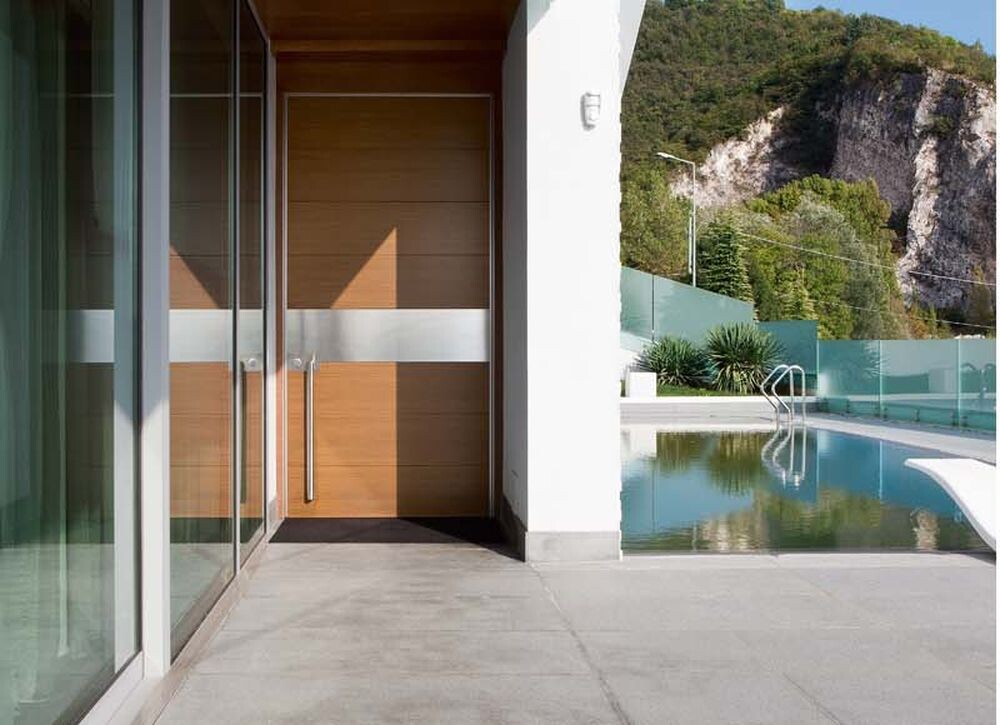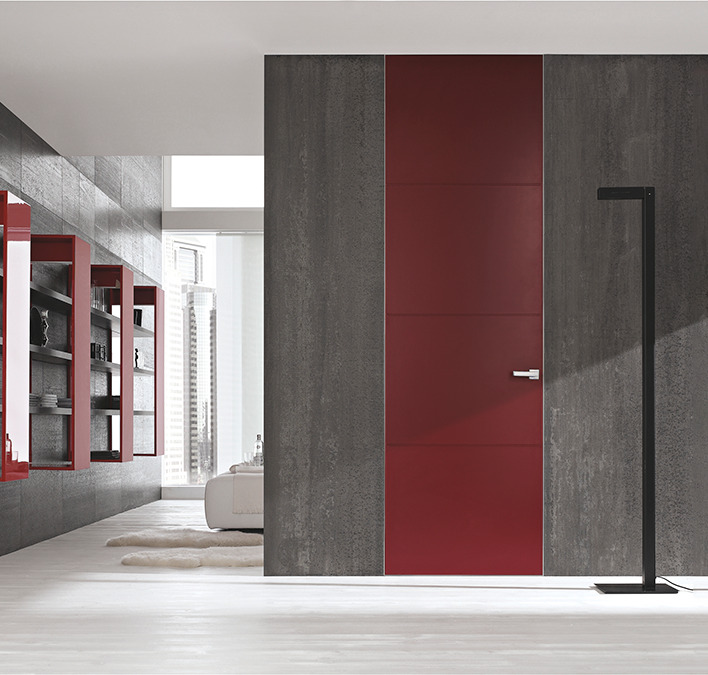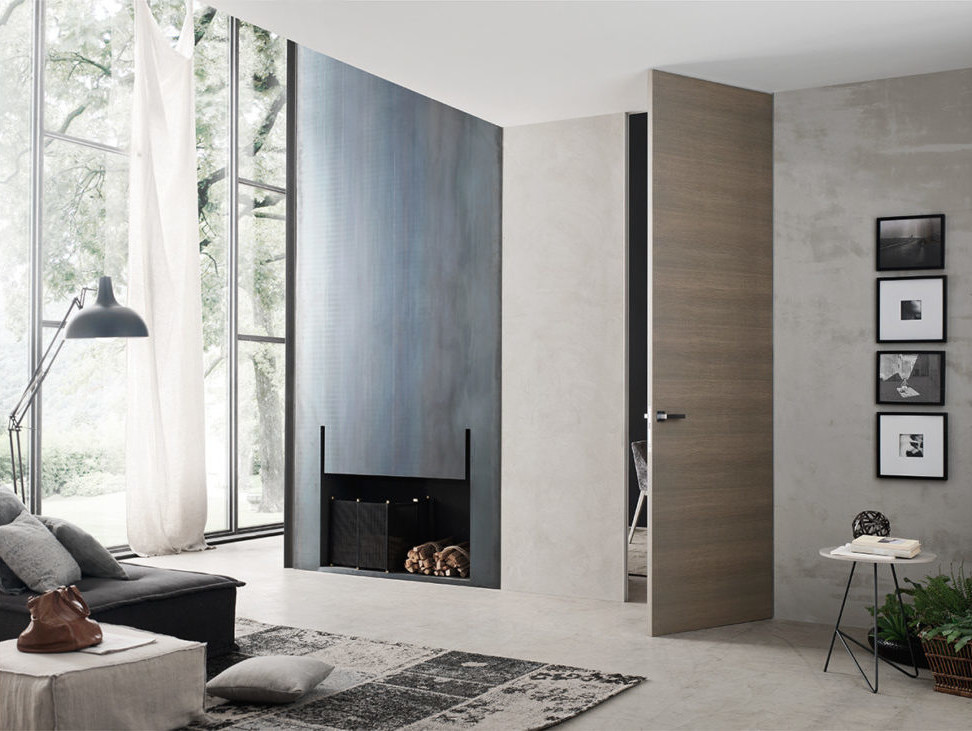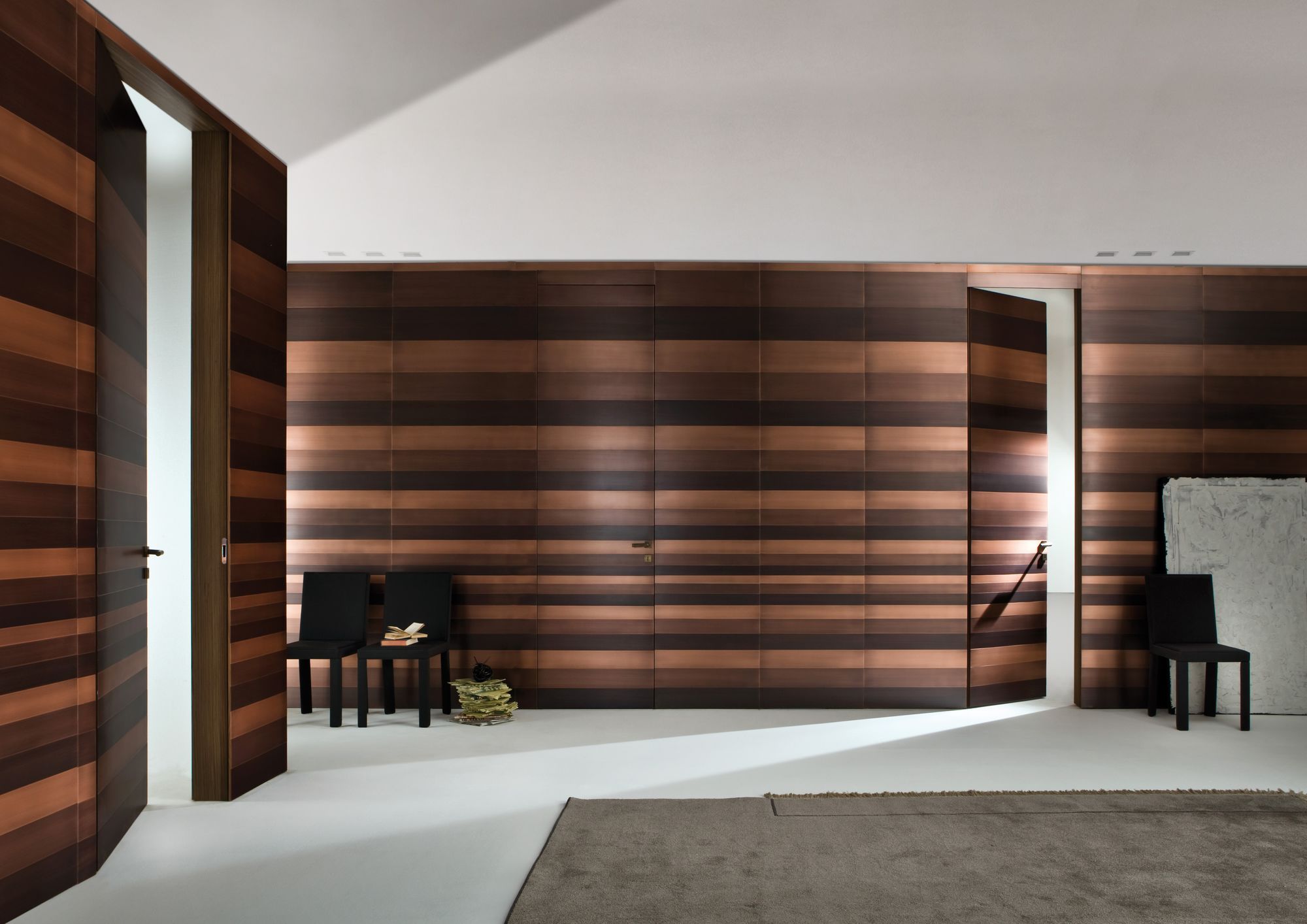Interior doors are one of the most visible yet understated design elements in a home. They often serve as a bridge between different rooms and styles, making their aesthetic role crucial. The color, material, and finish of a door can act as either a subtle enhancement to a room’s decor or as a striking feature that draws attention.
Interior doors contribute significantly to the visual and functional design of a home. Their color, type, and placement can influence not just how a space looks, but how it feels and functions. By balancing aesthetic considerations with practical factors like maintenance, privacy, and noise reduction, homeowners can choose interior doors that enhance both the form and function of their spaces.
Whether you prefer the sleek sophistication of black doors or the timeless elegance of white, the choice of door color can influence the way a space feels and functions.
When to Choose White Interior Doors: Brightness, Versatility, and Timeless Appeal
White interior doors are often a go-to choice for homeowners and designers alike due to their versatility, timeless charm, and ability to visually expand spaces.
Whether your home leans towards a traditional, modern, or even eclectic style, white doors can easily integrate into any interior design scheme. Their neutral hue not only complements a wide array of wall colors and decor styles, but also creates a sense of openness and tranquility. Below, we explore in detail the specific advantages of choosing white interior doors and the scenarios in which they shine the most.
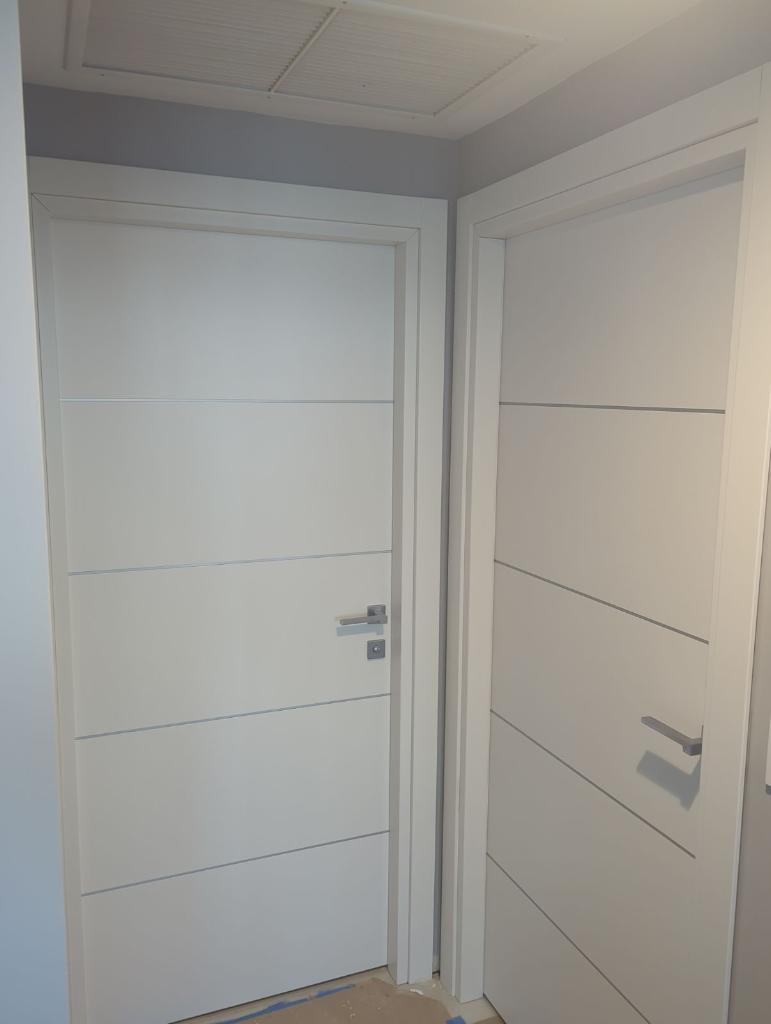
Creating the Illusion of Space and Light
One of the primary reasons for choosing white interior doors is their ability to make rooms appear larger and more open. This is especially beneficial in smaller homes or compact spaces where maximizing the perception of space is key. The light color reflects natural and artificial light, enhancing the overall brightness of the room and making it feel more inviting. White doors can seamlessly blend into the walls, creating a continuous visual flow that gives the impression of extended space.
For homes that lack abundant natural light, installing white interior doors can make a significant difference. By reflecting even the smallest amount of available light, these doors brighten up dim hallways, narrow rooms, or enclosed spaces like basements and attics. The reflective quality of white doors is akin to adding another light source, which is why they’re commonly recommended for rooms that feel tight or visually constrained.
Versatility with Design Themes
Another compelling reason to choose white doors is their versatility. White is considered a “blank canvas” color, capable of blending effortlessly with virtually any decor style. Whether your home is decorated in a minimalist Scandinavian style, filled with rustic charm, or designed with vibrant eclectic patterns, white doors fit in seamlessly. They do not clash with bold wall colors or eclectic furnishings, making them an ideal choice for homeowners who love to frequently change their interior decor.
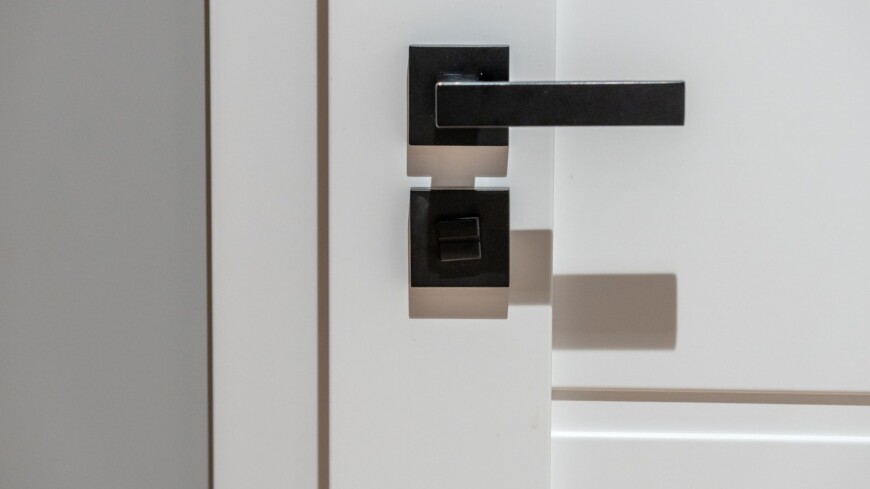
In minimalist or contemporary settings, white doors contribute to a clean, uncluttered look. Their simplicity allows other elements of the room—such as furniture, artwork, or architectural features—to take center stage. Meanwhile, in more traditional homes, white doors evoke a sense of classic elegance, particularly when paired with detailed molding, paneling, or antique hardware.
White doors also work exceptionally well in colorful spaces. For example, in a room with vibrant wallpaper or bold accent walls, a white door can provide a necessary visual pause, preventing the space from feeling overwhelming. They act as a balancing element that maintains the harmony between different hues and patterns, making them a perfect choice for those who love to experiment with interior design.
Timelessness and Cleanliness
The timelessness of white interior doors is perhaps their most celebrated feature. Unlike trendy colors that may fall out of favor, white remains a classic option that never goes out of style. Its neutral appeal ensures that it will look just as elegant and relevant years down the line as it does today. This timeless quality makes white doors a safe investment for homeowners who want to ensure their interiors stay fresh and stylish over time.
In addition to their timeless aesthetic, white doors are often associated with cleanliness and tranquility. The crisp, bright look of a white door can make a room feel more hygienic and well-maintained. While some might argue that white doors show dirt and stains more easily, this perception can be mitigated by selecting finishes that are easy to clean. Modern paint technologies have produced white finishes that resist yellowing, stains, and smudges, ensuring that the doors maintain their pristine appearance with minimal effort.
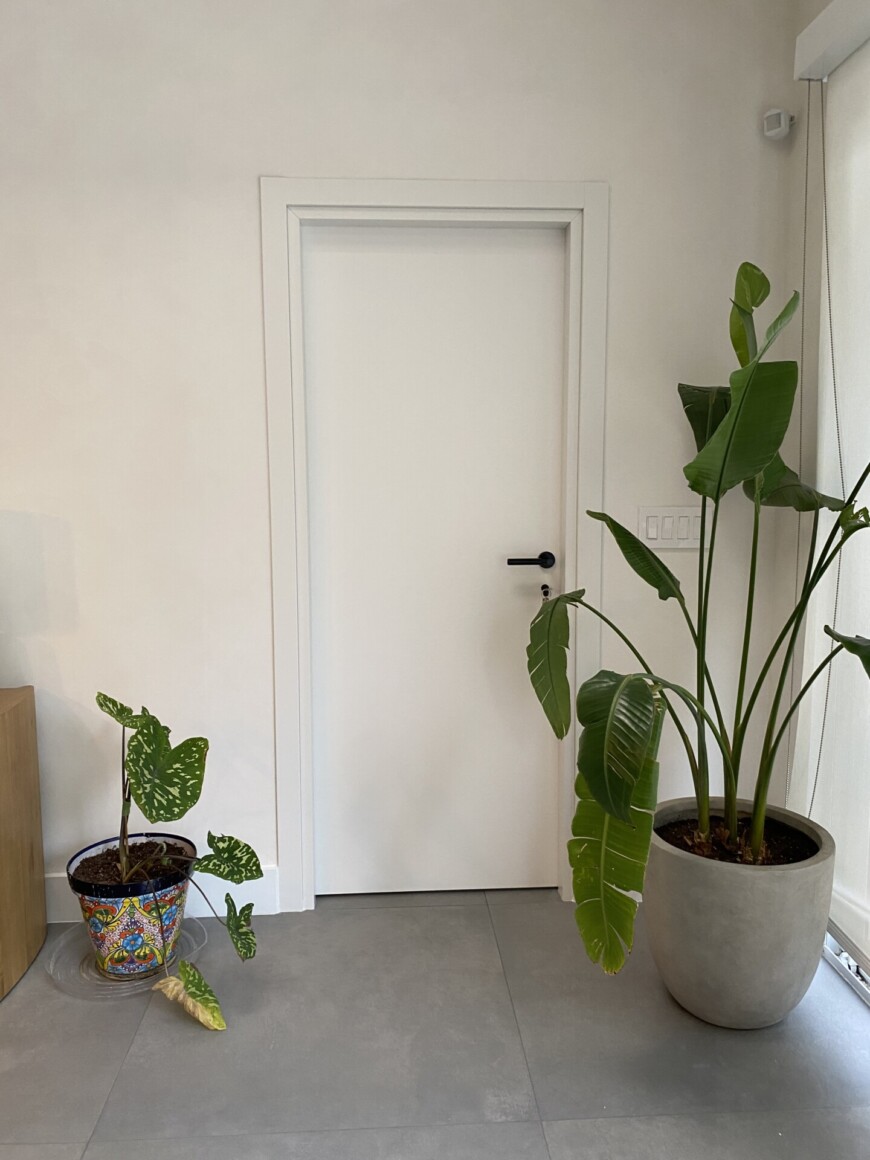
Even small scuffs or scratches are less noticeable on white surfaces compared to darker ones. This makes white interior doors a great choice for families with young children or pets, as minor imperfections can be easily wiped away without leaving a trace. When properly maintained, white doors can last for years, retaining their fresh and polished look.
When to Choose Black Interior Doors: Contrast, and Sophistication
While white doors bring brightness and subtlety, black interior doors are all about making a statement. They offer a level of drama and sophistication that instantly elevates the style of any room.
Their rich, deep color draws the eye and adds an element of intrigue, making black doors ideal for those who want their interiors to feel bold and polished. Below, we explore the unique benefits of choosing black doors and the scenarios where they excel.
Adding Depth and Dimension to Your Space
Black interior doors are excellent for adding depth and dimension to a room, particularly when paired with lighter walls. The contrast between the dark hue of the door and the lightness of the walls creates a striking visual effect that makes the door stand out as a focal point. This contrast can be used strategically to anchor the room’s design, providing balance and visual interest.
In rooms with neutral or muted color schemes, black doors add a sense of weight and structure. They prevent the space from looking too bland or monotonous by introducing a bold element that grounds the decor. Black doors can also be used to define architectural features, such as archways or door frames, making the layout of the room more pronounced.
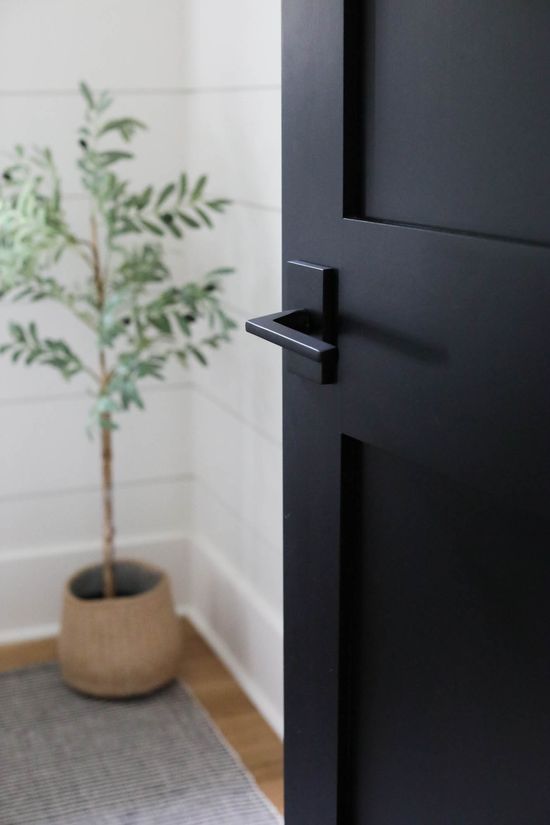
Versatility with Patterns and Accents
Contrary to popular belief, black doors are surprisingly versatile. Their dark hue makes them adaptable to a wide range of design styles, from modern to traditional. Black doors can serve as the perfect complement to bold patterns, wooden textures, and metallic finishes, enhancing the richness of the space. When paired with gold or brass hardware, black doors exude luxury and sophistication, while combining them with wooden frames or paneling creates a more rustic, earthy appeal.
For those who want to experiment with color, black doors are a safe choice. They pair beautifully with vibrant accent walls, such as jewel-toned blues or deep reds, as well as with softer pastels and neutral tones. This versatility makes black interior doors a valuable design tool for achieving both subtle and dramatic looks.
Durability and Maintenance Advantages
One of the practical advantages of black doors is their ability to resist smudges and dirt. While white doors often require frequent cleaning to maintain their pristine appearance, black doors can hide imperfections such as fingerprints and scuffs, making them ideal for high-traffic areas like hallways, kitchens, or entryways.
In terms of durability, black doors tend to hold up better over time, especially if finished with a matte or semi-gloss paint that reduces visible wear and tear. This resilience makes them a smart choice for homes with children or pets, where maintaining a polished look is essential.
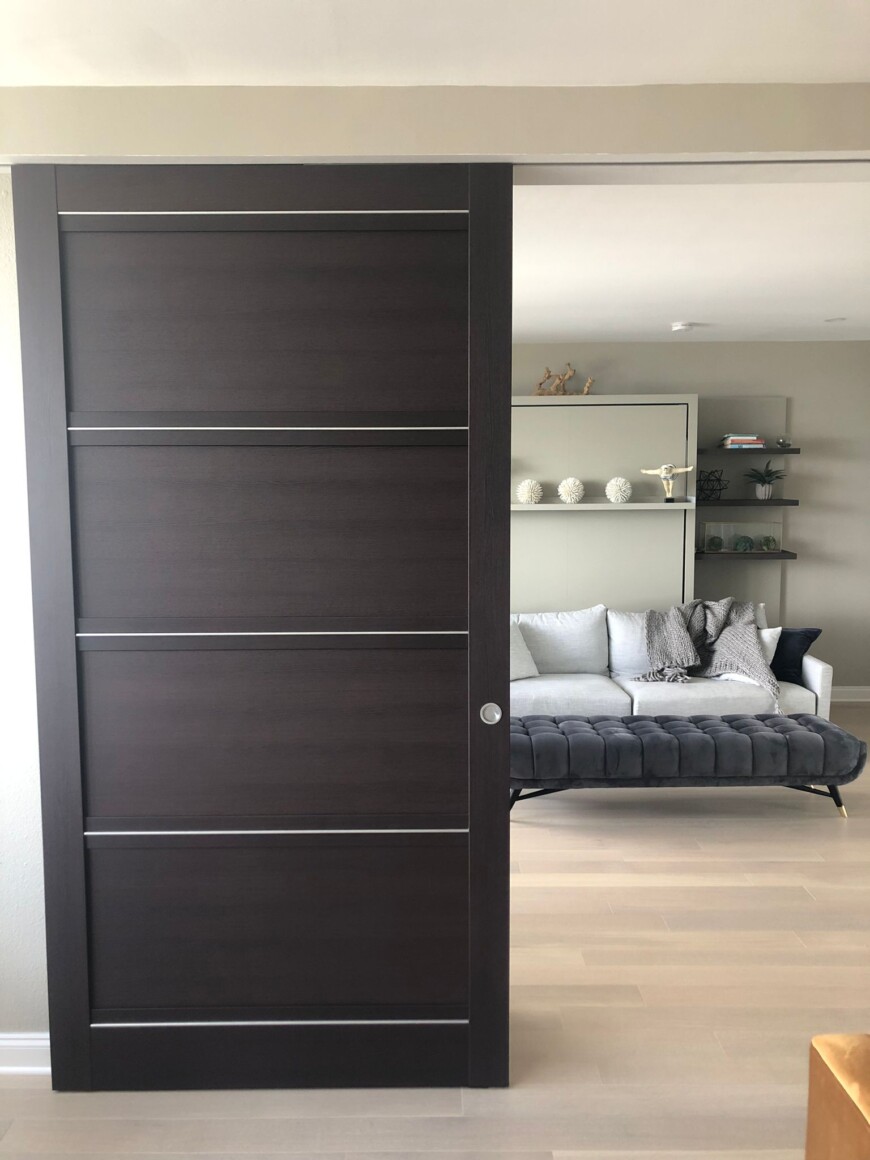
Comparing Black vs. White Interior Doors: Key Factors to Consider
Choosing between black and white interior doors can feel like a daunting task, as both options bring unique qualities to a space. Each color has its own set of attributes that influence a room’s atmosphere, style, and even functionality.
To make an informed decision, it’s essential to evaluate how each door color interacts with your home’s design, the purpose of each room, lighting conditions, and maintenance considerations.
Home Style and Aesthetic Vision
The style of your home is one of the most important aspects to consider when deciding between black and white interior doors. Your choice should align with the overall aesthetic vision you want to achieve—be it modern, traditional, transitional, or eclectic.
- Modern Styles: If your home leans towards a modern or contemporary style, black doors can reinforce the clean lines and bold design elements typical of modern interiors. Black doors often serve as sleek, sophisticated focal points that contrast sharply against neutral walls, giving the space a polished, high-end feel.
- Traditional Styles: For traditional homes, white doors are typically the go-to option. Their timeless appeal complements classic design features like crown moldings, paneling, and traditional furnishings. White doors blend seamlessly into spaces filled with warm tones and vintage decor, adding to the room’s elegance without overpowering other design elements.
- Transitional Styles: Transitional homes, which blend both modern and traditional elements, can accommodate either black or white doors, depending on the balance you wish to achieve. White doors maintain a soft, neutral look that pairs well with various styles, while black doors can add a contemporary edge to the room, making it feel more dynamic and current.
- Matching or Contrasting with Existing Decor: Consider whether you want the doors to blend in with the existing decor or stand out as a statement piece. If you want a subtle, integrated look, opt for white doors that match the wall color. However, if you want to create visual contrast and highlight the architectural features of the room, black doors are the perfect choice. For example, a black door against a neutral or light-colored wall can create a bold, eye-catching element that elevates the entire space.
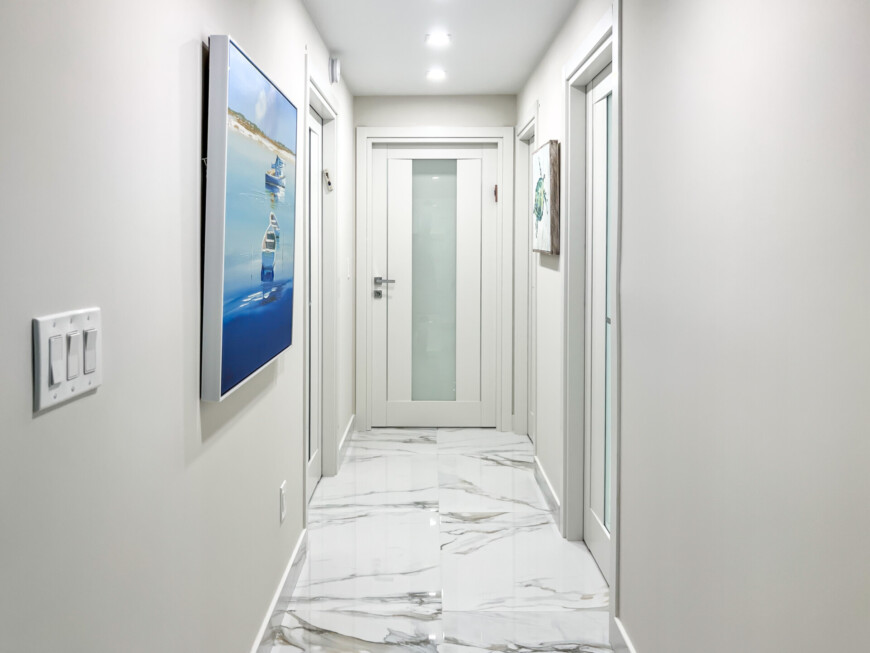
Room Functionality and Purpose
The purpose of each room should also guide your choice of door color, as it can influence the mood and functionality of the space.
- Cozy vs. Open Feel: Black doors have a warm, intimate quality that makes them ideal for rooms where you want to create a sense of coziness, such as libraries, bedrooms, or home offices. They help define the space and make it feel more enclosed and personal. On the other hand, white doors offer an open and airy feel, making them suitable for living rooms, kitchens, and dining areas where a sense of spaciousness and lightness is desired.
- Effect on Visual Perception and Space Management: Door color plays a crucial role in how large or small a room appears. White doors can visually expand a room, making it feel more open and spacious. This makes them a great option for small or narrow spaces like hallways and compact bedrooms. Conversely, black doors add depth and structure, making large rooms feel more balanced and less overwhelming.
- Consideration of Traffic and Use: In high-traffic areas such as hallways, playrooms, or kitchens, black doors are more forgiving as they hide smudges and wear better than white doors. If the door is primarily for decorative purposes, such as in a guest room or a formal living area, either color can work depending on the desired effect.
Lighting and Spatial Considerations
Lighting—both natural and artificial—has a significant impact on how black and white doors look in your home. The availability and quality of light in each room should guide your decision.
- Black Doors in Naturally Bright Rooms: Black doors thrive in rooms with ample natural light. The brightness counterbalances the dark tone, preventing the door from feeling too heavy or overpowering. In rooms with large windows or open layouts, black doors can create a striking visual contrast that enhances the sophistication of the space.
- White Doors in Dimly Lit Areas: For rooms with limited natural light or lower ceilings, white doors are a better choice. Their reflective quality helps distribute light throughout the space, making it feel brighter and more open. White doors are particularly effective in basements, hallways, and rooms that do not receive direct sunlight.
- Artificial Lighting Considerations: The type of artificial lighting you use (warm or cool) can also affect how the door color is perceived. Warm lighting can soften the intensity of black doors, giving them a more inviting feel, while cool lighting can make white doors appear even crisper and more modern.
Maintenance and Durability
While the aesthetic appeal of interior doors is a primary consideration, maintenance and durability should not be overlooked, especially for homes with children, pets, or high-traffic areas.
- Maintenance Tips for White Doors: White doors tend to show dirt, scuffs, and smudges more easily, especially in frequently used areas. Regular cleaning with a mild detergent and a microfiber cloth is essential to keep them looking pristine. If the door has a glossy finish, it may also show scratches, so choosing a durable satin or matte finish can minimize visible wear.
- Handling Black Doors: Black doors are more resistant to visible dirt and smudges, but they are not completely maintenance-free. Fingerprints and dust can accumulate, especially on matte surfaces. Regular dusting and occasional polishing are recommended to maintain their deep, rich color. For a high-gloss black door, consider using specialized cleaning products to avoid streaking and ensure a uniform finish.
Door Color Trends in 2024: What’s Popular Now?
In 2024, interior design color trends are shifting towards more adventurous choices, with homeowners experimenting with mixed door colors and unconventional finishes.
- Rise of Mixed Door Colors: One emerging trend is the use of different door colors within the same home. For instance, combining black doors in common areas with white doors in bedrooms creates a dynamic contrast that adds interest and variety.
- Matte Finishes and Natural Textures: Matte black doors with wood grain textures are gaining popularity for their natural, earthy appeal. Similarly, white doors with subtle paneling are being used to add depth and texture to otherwise minimalistic designs.
- Insights from Design Communities: Homeowners are increasingly looking for ways to personalize their interiors. Experimenting with unconventional door colors like gray, navy, or even pastel shades is becoming more common as people seek unique ways to express their style.
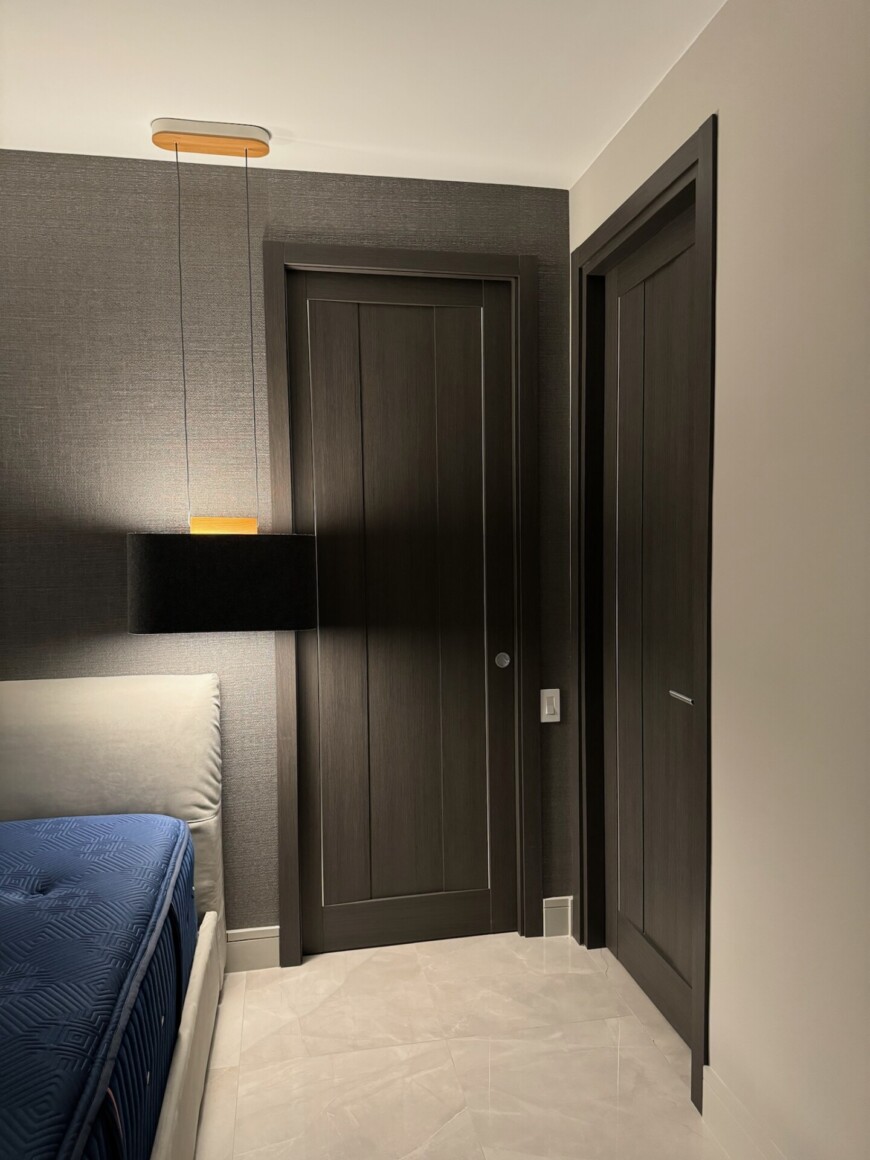
If you’re considering elevating your home’s style with premium black or white interior doors, look no further than ITALdoors. As a leading provider of high-end Italian doors, ITALdoors offers a wide selection of elegant and versatile options to suit any home style.
Transform your space with ITALdoors—where quality meets design.


